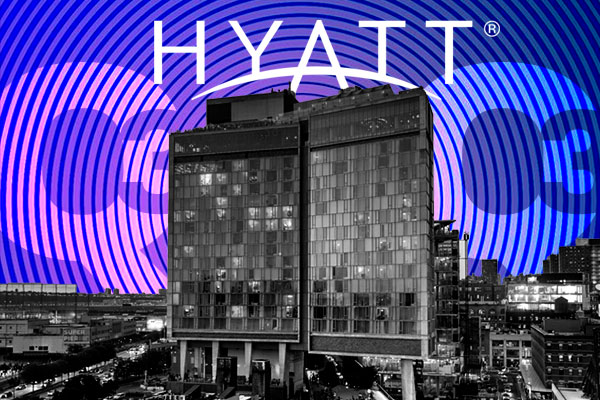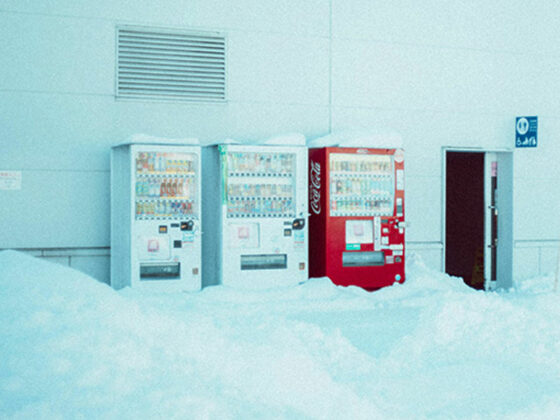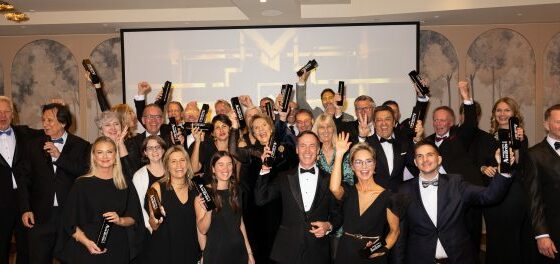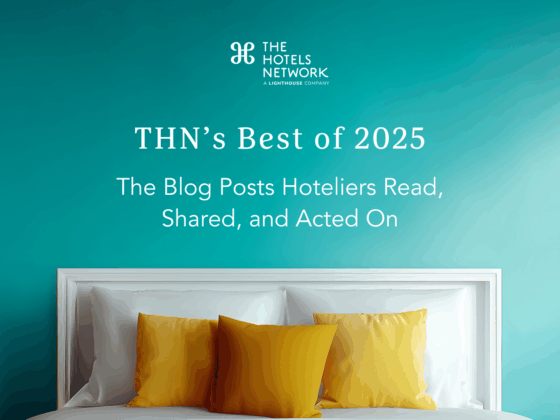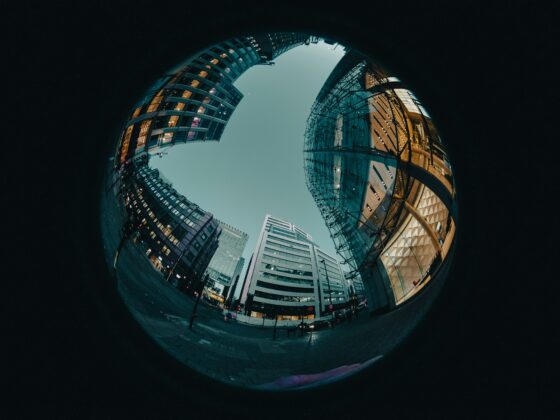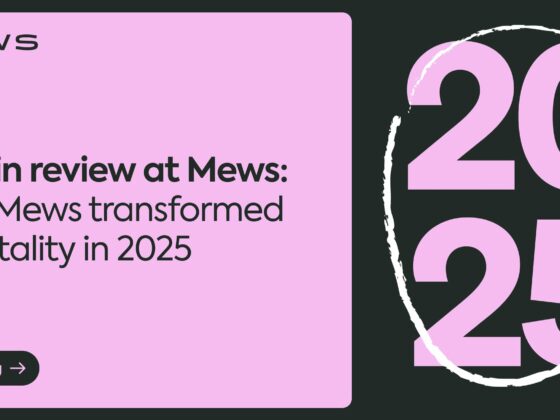The post-pandemic leisure spike that hotels basked in may have ebbed, but hotel companies are finding other ways to generate revenue.
Hyatt Hotels Corp. CEO Mark Hoplamazian said during his company’s third-quarter earnings call that leisure transient revenue decreased approximately 4% in the quarter driven by the U.S. and Greater China and that through the first nine months of 2024 revenue is flat compared to 2023. Despite the throttle down in the leisure pace, group pace continues to bulk up. In the first quarter of 2025, group rooms revenue increased approximately 6% in the quarter with strong results in both the U.S. and Europe. Group pace for U.S. full-service managed properties is up over 5% in the fourth quarter, excluding the timing shift of the Jewish holidays in October and the U.S. election next week. Further out, Hyatt said 2025 group pace is up approximately 6% compared to 2024 with average rate accounting for over half of that increase.
Complementing the sanguine news on group is continued growth in business transient, the segment, Hoplamazian said, delivering the largest year-over-year growth, with revenue up approximately 16%. “Major urban markets continue to benefit from the recovery of business travel,” he said.
Hyatt reported that system-wide hotels RevPAR increased 3% compared to the same period in 2023, with net rooms growth of approximately 4.3%, including the openings of Park Hyatt Marrakech, Hyatt’s first Park Hyatt in Northern Africa, and the Alila Shanghai.
Hyatt’s pipeline of executed management or franchise contracts was approximately 135,000 rooms. Net income was $471 million. Membership in the World of Hyatt loyalty program surpassed 50 million people. “The U.S and Greater China continue to account for significant signing activity, especially among our upper-midscale brands, Hoplamazian said, adding that level of conversions have continued to represent a significant proportion during this lull in new-construction starts.
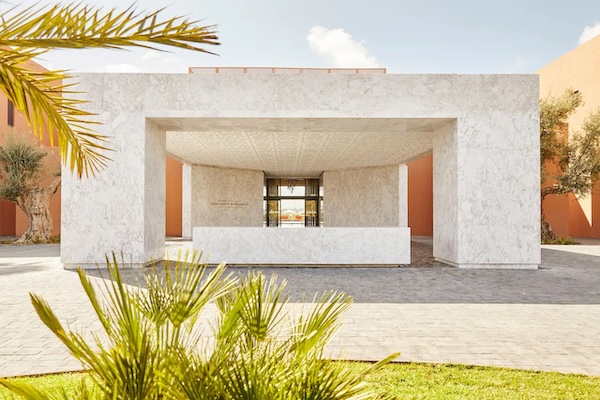
However, like Hilton said on its Q3 call, there has been a noticeable thaw in ground-up development starts. “We have seen increases in construction starts in China in the last two quarters,” Hoplamazian said. (Rooms in China represent about 38% of Hyatt’s total pipeline.) “The number of portfolio deals and conversions of platforms remains high, and we are continuously pursuing those, especially in markets in which we have particularly low relative penetration,” he said.
Though Hyatt has over the years recalibrated its brand architecture some, it’s at the luxury level where it makes its hay, Hoplamazian said. “We continue to see high-end consumers prioritizing travel as RevPAR growthis the strongest amongst our luxury brands,” he said.
As hotel brand stables grow, many companies are spinning out luxury and lifestyle divisions. Accor has done it; now Hyatt is. In the vapor of its closing on Standard International, Hoplamazian announced that in the coming months Hyatt we will debut a new lifestyle group led by former executive chairman of Standard International, Amar Lalvani. At the same time, Hoplamazian said it will also be forming a dedicated luxury group with distinct leadership, though there was no announcement of who that will be.
“We believe this alignment will allow us to care more deeply for guests, customers and especially hotel owners across each of our brands,” he said. “The purpose of forming a lifestyle and luxury group is to hyper-focus on distinct customer groups that we’re serving and to have much sharper definition of each brand. You’re not going to have a cacophony of a laundry list of brands. You’re going to see collections or groups that have logic for distinct customers and guests.”
Long-Term Growth
Net rooms growth in the quarter was 4.3%, which prompted one analyst to ask why it was down relative to a year ago. Openings this year, Hoplamazian said, are expected to be over 6% lower than expectations because of what he referred to as “slippage” of more than 2,000 rooms into 2025, many of which are still under construction and won’t be completed this year.
There is another reason: attrition. Attrition is a regular occurrence for all hotel companies, but Hoplamazian said that attrition of its rooms came in higher than it expected, approaching around 1.5% this year, “which is significantly higher than our typical run rate of between 0.5% and 1%.”
Like a seasoned politician, Hoplamazian spun the higher rate favorably, saying that brand standards and market-specific issues affected its renewals or agreements to move forward with certain hotels in its portfolio, calling Hyatt “disciplined in maintaining standards.” Most recently, tommie Hollywood is reportedly rebranding under Marriott International’s Tribute Portfolio. Formerly under Hyatt, the lifestyle hotel has been renamed as Hollywood Volume, a Tribute Portfolio Hotel.

One of the realities of hotel ownership is that it is a capital intensive business. It’s also a reality that many lodging companies launched brands and have hotels that been operating for decades-plus. Hotels have end lives—long, sure—but over that time require PIPs (property improvement plans) at intervals. Like the late Marriott International CEO Arne Sorenson was fond of saying: “The hotel industry isn’t oversupplied; it’s under-demolished.”
Some lodging companies recognize that, over time, a hotel within its brand family can’t keep up so it may require knocking it down a level to another brand. The problem for Hyatt, Hoplamazian said, was that it doesn’t have a brand that necessarily allows for this course of action. “If you look at the structure of our brand portfolio, we do not have a brand into which we would encourage owners who want to downgrade their hotels to something that’s at a lower level, just to maintain those rooms in our portfolio,” he said, offering that that is different than its competitors. “Some of this is just maintaining brand integrity across our brands.”
He also called this latest round of attrition an anomaly. “Serving the high end of each segment requires investment into the properties. Our owners recognize that they’re well capitalized and that’s why our attrition has historically been so low. It is because owners have invested in the properties and they’ve been performing,” he said.
“The overall momentum remains intact and we’re looking into a first quarter of 2025 where gross openings are tracking to year-over-year net rooms growth of more than 6%,” Hoplamazian said. “This is supported by significant ongoing growth of our pipeline and increasing construction starts and improving conditions for hotel development generally. Second, we’ve had a significant level of conversions that have benefited us over time and we expect to engage in conversions portfolio deals.”
Talking Transactions
Hyatt has been active on the M&A front. Beyond its Standard International deal, Hyatt just this week announced plans to enter into a long-term, asset-light strategic joint venture with Spain’s Grupo Piñero, whereby it will manage all Bahia Principe-branded hotels and resorts and own the Bahia Principe brand outright. This was off of the wild success that Hoplamazian underscored of its past deal for Apple Leisure Group in 2021. At the time of the deal, Hyatt doubled its global resorts footprint through the addition of ALG’s AMR Collection brand portfolio, which comprised of brands including Secrets Resorts & Spas, Dreams Resorts & Spas, Breathless Resorts & Spas, Zoëtry Wellness & Spa Resorts, Alua Hotels & Resorts and Sunscape Resorts & Spas.
“Every portfolio has got its own dimensions and different tenor and quality of the contracts that underlie the management agreements and the franchise agreements,” Hoplamazian said. “All of that is taken into account for deals that we do and deals that we don’t do. Our goal has been to add brands that have equity and brand rationale unto themselves that are distinctly identifiable and can be described as offering a different type of experience than other brands that we already own. I don’t think we’ve overlapped in terms of buying a brand that is the substantive equivalent of an existing brand.”
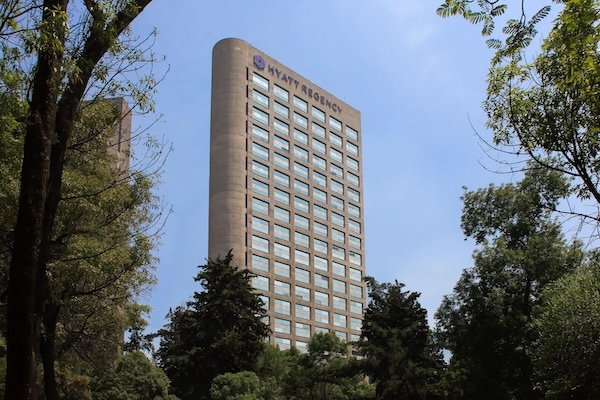
Hyatt’s glide path has been one of asset-light M&A or partnership with contemporaneous divestment of owned assets. Earlier this year it met and exceeded its asset divestment goal of $2 billion. It completed the sales of Park Hyatt Zurich, Hyatt Regency San Antonio and Hyatt Regency Green Bay in the second quarter, accounting for $1.5 billion in gross proceeds. In mid-August, it closed the sale of the 1,641-room Hyatt Regency Orlando to affiliates of RIDA Development Corporation and an Ares Management Real Estate fund for approximately $1.07 billion. It doesn’t mean, according to Hoplamazian, that it won’t still acquire assets if they are in areas where Hyatt doesn’t already have penetration or is underrepresented. He cited the 2012 acquisition of the Hotel Nikko Mexico, which Hyatt acquired for $190 million at the time and subsequently rebranded it as the Hyatt Regency Mexico City. Hyatt sold the hotel a couple of years ago for more than $400 million.
“We’ve executed a few different acquisitions of specific hotels or groups of hotels where we felt that we had a clear pathway to reselling those hotels, but they were specifically because they were exemplary in their location,” Hoplamazian said. He added that on some deals Hyatt will deploy key money or invest in the capital stack of the hotel. It’s not alone: In a competitive hotel market, where there is scarcity of supply, many lodging companies use carrots like key money, an upfront payment to a hotel owner to secure either the franchise or management rights, which over time does not to be paid back, to secure a deal.
